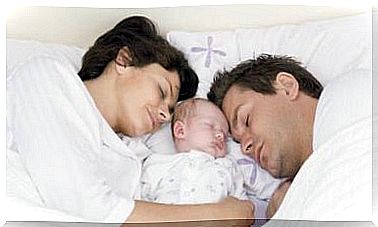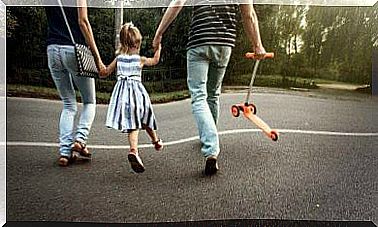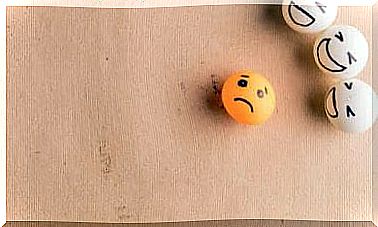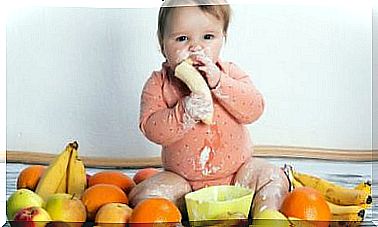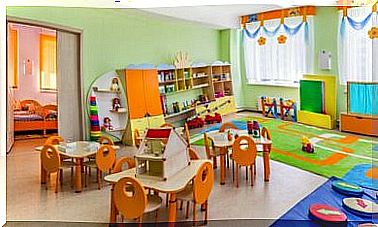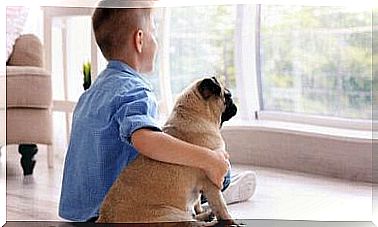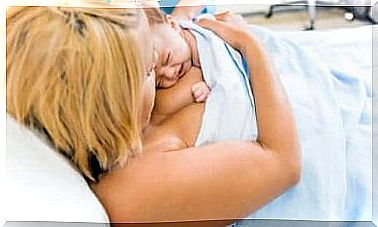Vaginal Microbes For Children Born By Caesarean Section
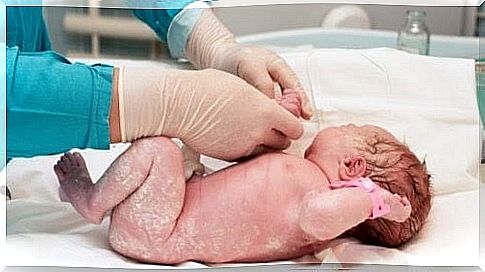
Today, the newborn baby is sometimes bathed in vaginal microbes after a caesarean section. A sample of the mother’s vaginal fluids is taken and applied to the skin, mouth and eyes of the baby. This practice is called vaginal seeding in English, but doctors do not agree on whether it is something they recommend.
The purpose of this is to allow the baby to come in contact with the bacteria present in the mother’s vaginal canal to increase the amount of intestinal bacteria and reduce the risk of certain diseases.
The risks involved in bathing the baby in vaginal microbes
Some specialists believe that this measure may be worse than the diseases it is supposed to prevent. They claim that it can transmit infections such as gonorrhea and the herpes simplex virus. According to experts, there are a number of risks that many parents are not aware of.
One of the biggest dangers, doctors say, is the possible transmission of harmful bacteria to the baby, such as Group B Streptococci. These can put the baby at risk by causing dangerous infections.
Specialists say they no longer use the procedure because genital herpes is present in the mother’s vagina. So, even if the technology itself has recognized benefits, it is risky in some cases.
What is the origin of this practice?
Giving vaginal microbes began as a practice when studies showed that children born by caesarean section have a slightly higher risk of developing certain health problems. During childhood, they develop problems such as obesity, allergies or certain intestinal diseases. This practice began in Australia in an attempt to protect children from this.
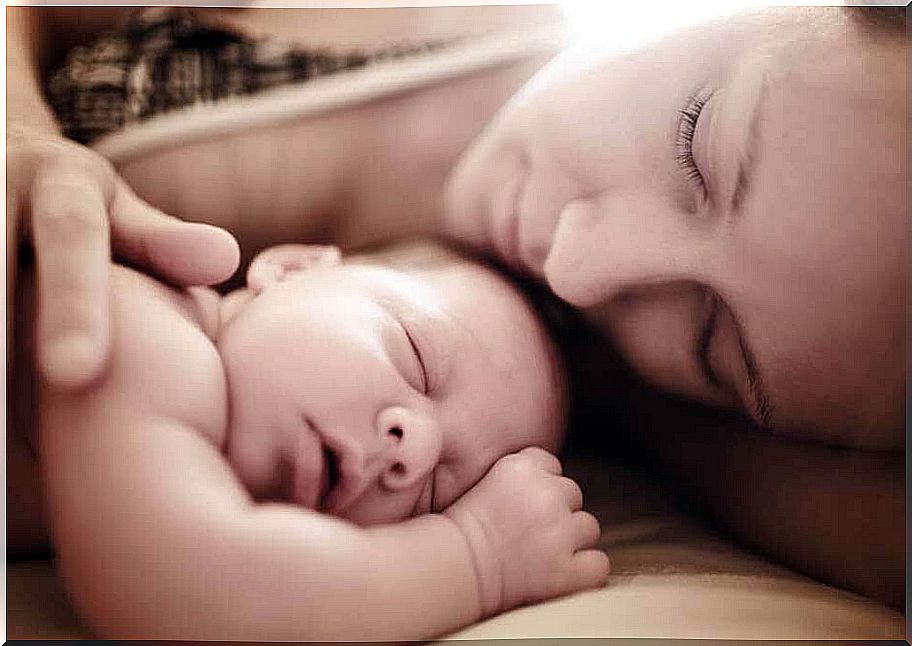
Some experts found that children born by caesarean section have a different microbiome, or bacterial flora, which differs from children who are delivered vaginally.
Because they are not exposed to the bacteria present in the birth canal, their systems develop differently. These differences in the microbiome are associated with the development of obesity and certain allergies, such as asthma.
The risks of vaginal microbes may outweigh the benefits
Doctors have clarified that children born by caesarean section develop a different bacterial flora than vaginally delivered children. These births are associated with a higher risk of immunological and metabolic disorders. This is why it has been suggested to bathe the baby in vaginal microbes, but not all specialists agree.
In fact, they believe that there are more risks than benefits. They recommend breastfeeding as a measure to develop the baby’s intestinal flora. The baby can, through the breast milk, get the desired protection without having to take these risks.
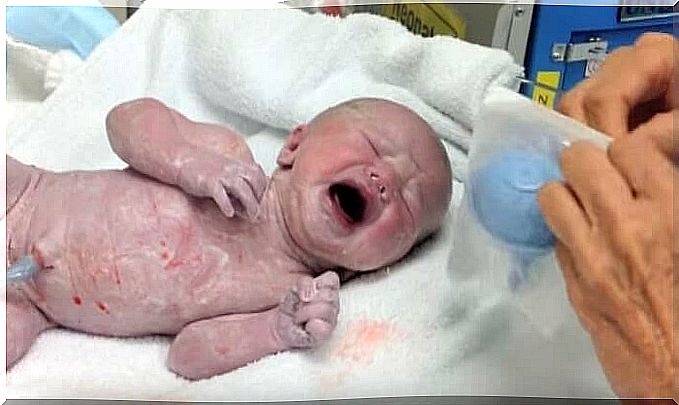
Experts continue to debate this, while discussing evidence and benefits associated with providing vaginal microbes. In some countries, this practice is more common, especially in those countries that have a small number of children born by caesarean section.
There may be a link between cesarean section and diseases associated with a deficiency of certain intestinal bacteria. However, it is still not known exactly whether the transmission of bacteria from mother to child can affect the effectiveness of the bacterial flora and thus protect against them.
Experts advise hospitals against giving vaginal microbes and do not recommend giving it to newborns. It is believed that there may be some dangerous risks that the potential benefits may not outweigh.
Other methods are recommended as breastfeeding, which has its own strong benefits, as it has a positive effect on the development of the baby’s bacterial flora. Even before birth, the baby comes into contact with the mother’s microbiome in the womb.
